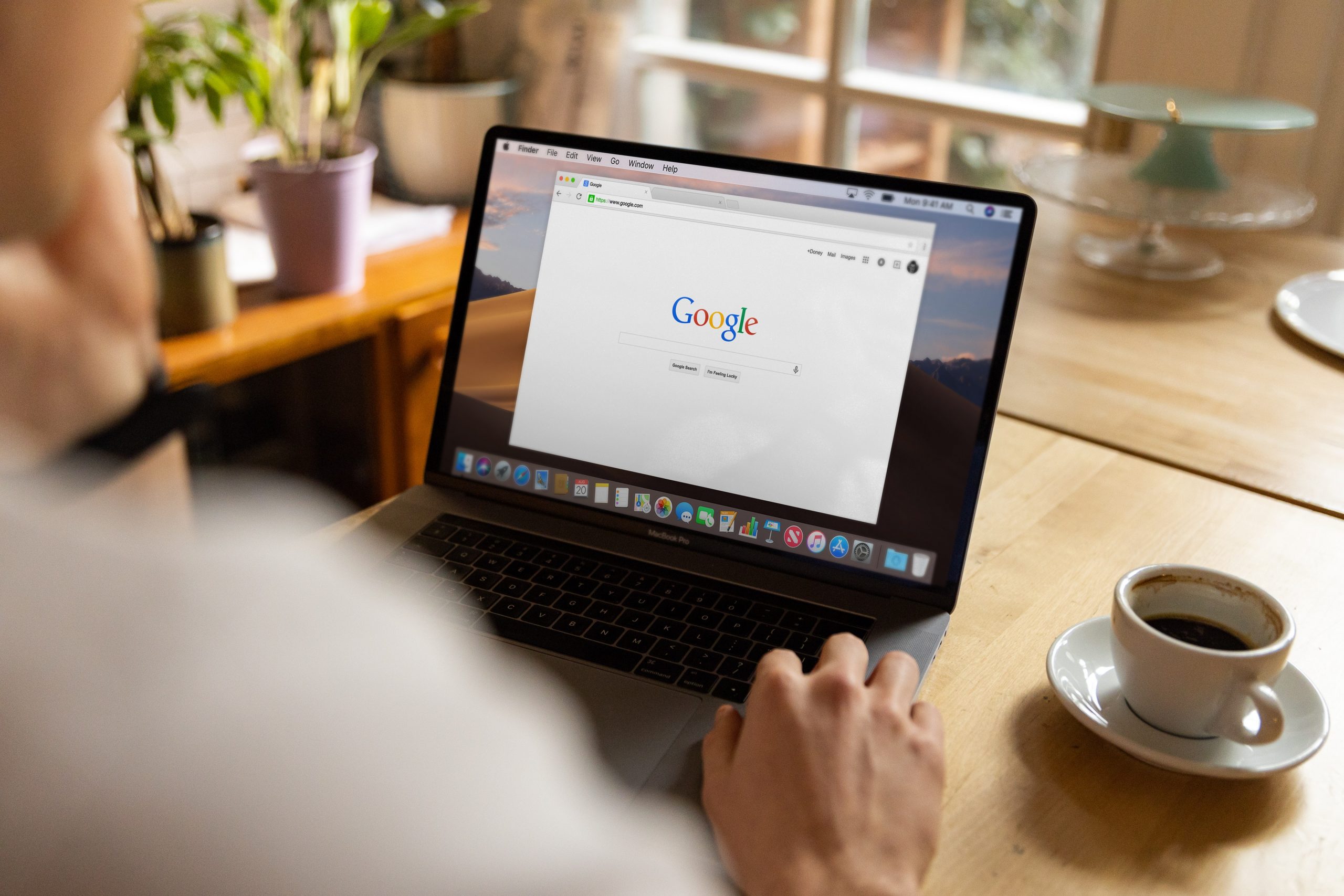When running a PPC campaign, you have no shortage of bidding options. You can bid manually or with automatic settings; if you go the latter route, your options are for maximum conversions, maximum conversion value, maximum clicks, or target impression share. Today, we’re going to go over how maximum clicks can help you.
What exactly is max clicks auto bidding?
For starters, max clicks are an automated bidding strategy that sets out to generate — as the name suggests — the most amount of clicks for you within your given budget.
You can set a bid ceiling that gives you control over the maximum cost-per-click you’re willing to pay; from there, the max clicks bidding algorithm will learn from and prioritize the keyword and auction combinations that generate the most clicks and concentrate funds there. It will likely not be the most efficient usage of funds for, say, conversions or all other metrics, but for this specific goal, max clicks bidding is your friend.
Screenshot of automated bid strategy selections on Google Ads
How and when to utilize max clicks
When max clicks are right for you depends on the circumstances. What’s the ratio of quality versus quantity interactions you want? “Lower quality” traffic doesn’t mean it’s of lower value to your business and advertising goals if that traffic is relevant to what you’re trying to achieve — rather that that traffic isn’t so far down the conversion funnel. Pretty much: Traffic quality varies. Not every click is created equal, but those “lesser” clicks — which might not be valuable for campaigns focusing on immediate conversions — can still be valuable on a macro scale for campaigns focusing on a broader goal.
Max clicks can be especially useful for certain business types — for example, ones that are more reliant on location and price while less specialized, like a car wash or casual dining place. This is because industries with these qualities tend to have relatively high conversion rates since their usefulness to potential customers is mostly based on convenience and price. Services and products that fall under this category tend to reliably convert anyway, so max clicks auto bidding is quite efficient.
It also can be effective if your targeting is otherwise really dialed in. This is obviously similar to businesses that have naturally high conversion rates. When your business has been running PPC campaigns long enough for you to have comprehensive data about what targeting works for you, max clicks bidding can marry that quite well. That’s because, while max clicks are all about maximum exposure, you get the most out of it if you can have maximum efficient exposure, too. Efficient exposure really should be your goal with max clicks, so having well-tuned targeting will help you achieve that while not wasting spend.
Essentially, depending on your business type and long-term goals, it’s wise to not become too focused on casting a wide net at the expense of all else. For exposure, casting a wide net is good; casting a slightly less wide net but with a disproportionate amount of high-quality traffic is better.
An example of the max clicks setting at the campaign level view
Because of this, it’s often good practice to set your auto bidding to max clicks while emphasizing efficiency elsewhere in your campaigns.
While it’s critical to understand your target audience, max clicks are most useful when you really need volume first. If you’re advertising a more niche business that lacks conversion volume to use max conversion auto bidding, max clicks will likely be a more efficient choice for you over alternatives.
Depending on the circumstances, max clicks can either be incredibly useful or fail spectacularly; since the bidding algorithm is prioritizing clicks, you could be left with bottom-of-the-barrel traffic. Obviously, some unhelpful traffic is inevitable — the key is having a clear view of how much you can take in while still getting high value from your campaign.
It’s also important to recognize that it’s a possibility — depending on your industry, a likelihood — that you’ll have a high-spend competitor (or multiple) who will be running max conversion auto bidding campaigns. In this case, they could “steal” most of the converting auctions and leave you with more lower value clicks. Like everything in the PPC world, it’s worth testing, analyzing the data, and making clear decisions from there based on what you learn.






